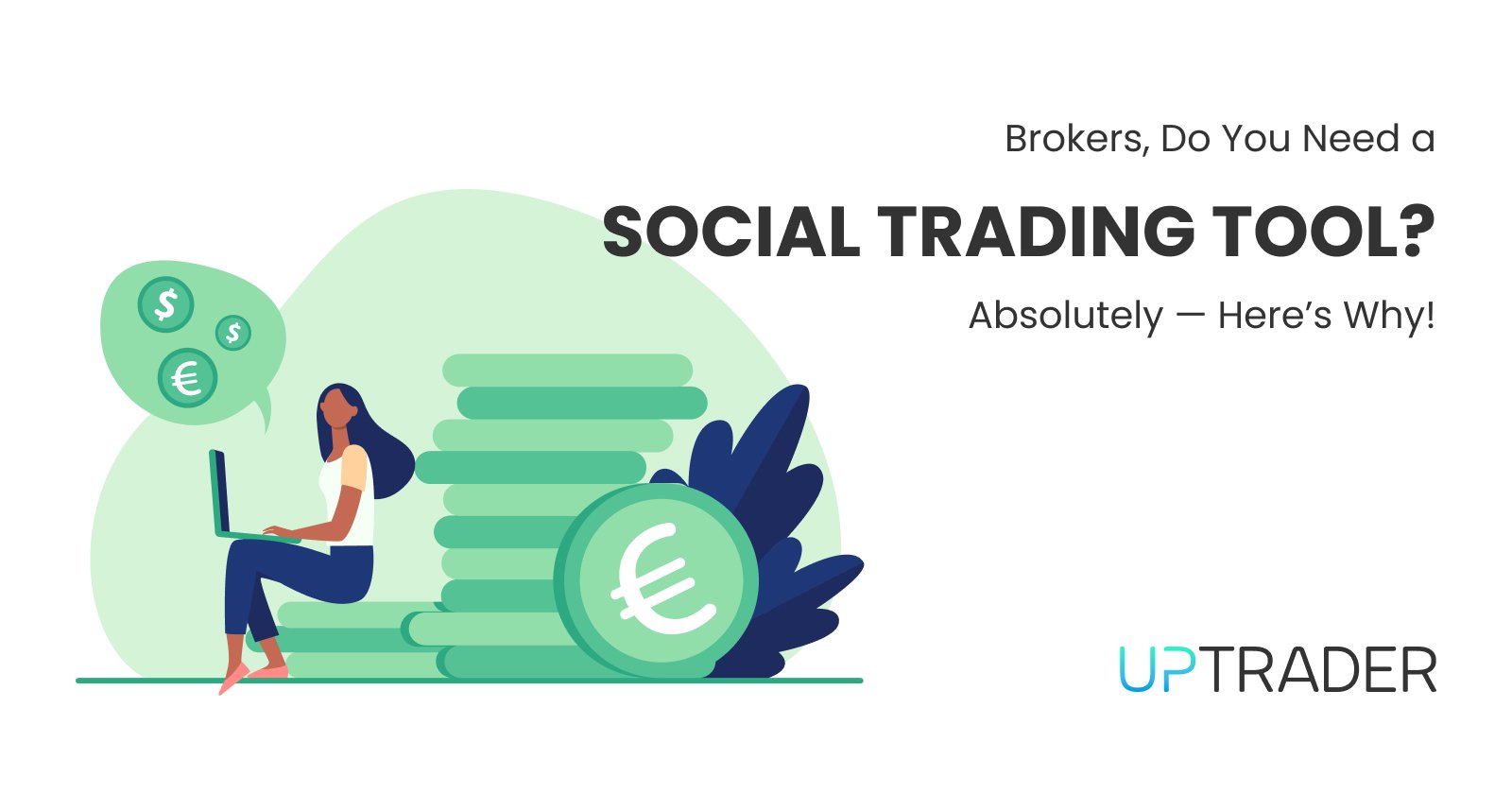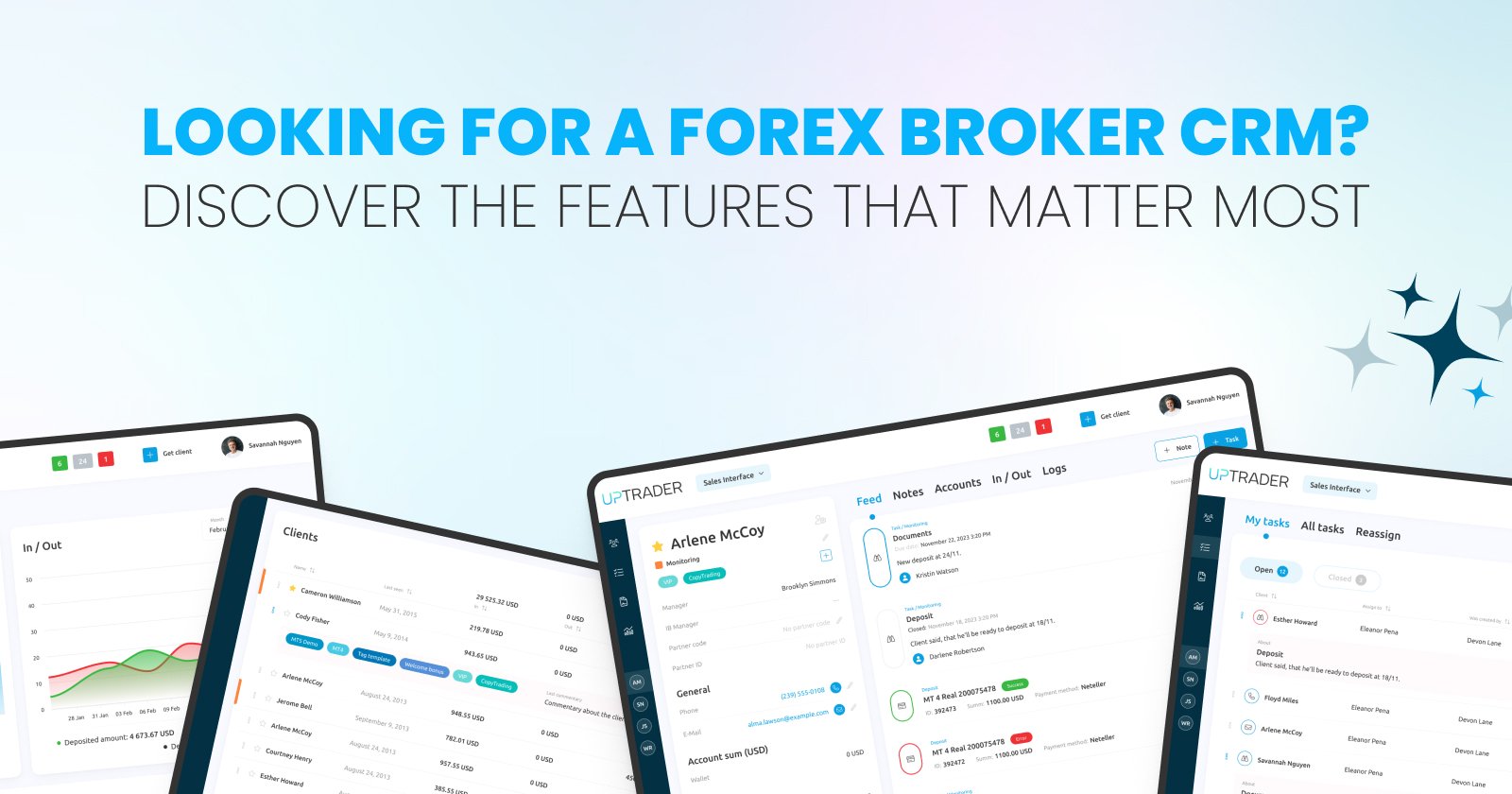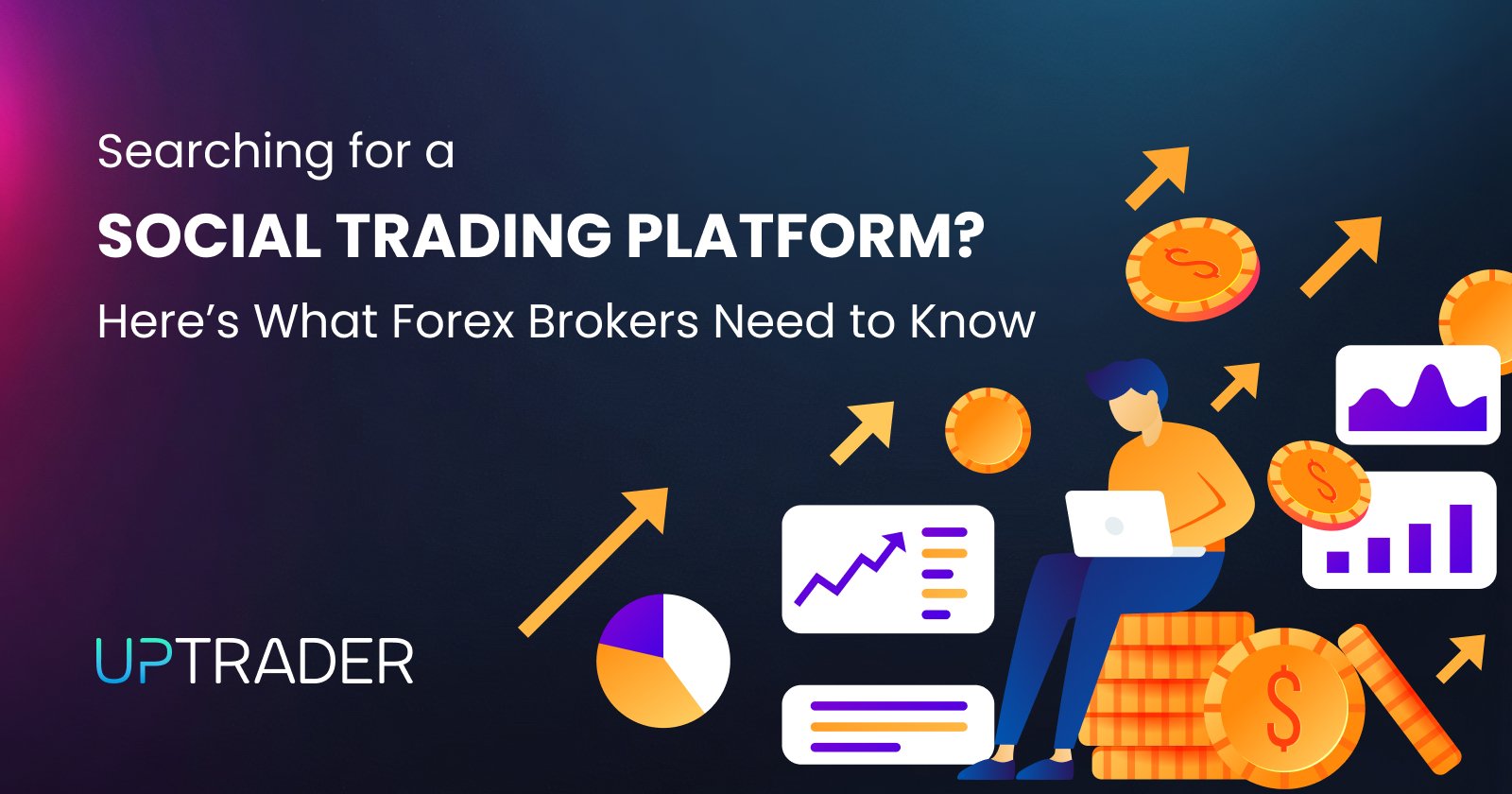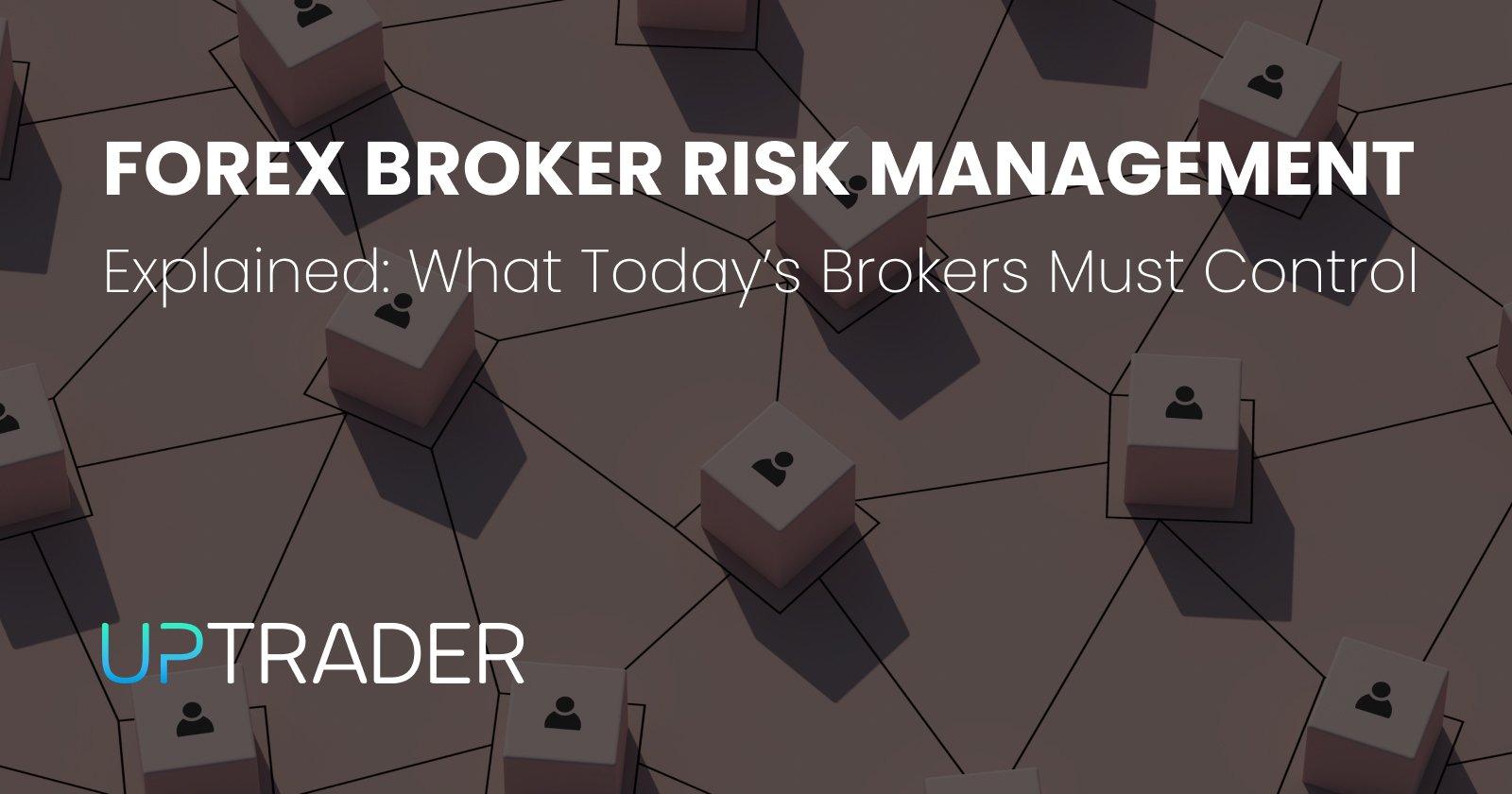Brokers, Do You Need a Social Trading Tool? Absolutely — Here’s Why!

Share this publication:
If you run a brokerage today, you’re not just selling access to markets — you’re selling an experience. Traders want more than charts and execution; they want connection, guidance, and tools that help them learn and act with confidence. A social trading tool gives them exactly that. It plugs community, transparency, and copy-trading into your offering — and that can change everything for your business. Here’s a plainspoken, no-nonsense look at why you should seriously consider adding social trading to your product mix now.
Social Trading Tool Moves Customers From Passive To Engaged
When clients open an account and see only a blank platform, they often feel overwhelmed. Add a social layer and that blankness vanishes. Traders can follow proven strategies, watch what successful peers do, and join conversations about setups and risk. That turns passive account holders into active participants — people who log in more, trade more, and stay longer.
Engaged users are easier to retain. You don’t just compete on spreads and execution speed; you offer community and ongoing value. That difference shows in churn, lifetime value, and word-of-mouth growth.
It Lowers The Learning Curve — And Attracts Beginners
The simplest, most direct benefit of social trading is education. New traders don’t need to learn everything from scratch. They can observe seasoned traders, copy trades, and gradually understand why certain decisions were made. That builds confidence and shortens the time it takes for a novice to move from demo to live trading.
For your brokerage, that means a wider addressable market. Beginner-friendly features attract more first-time depositors. Those accounts may be smaller at first, but they often scale over time if the trader learns and wins.
Copy Trading Converts Skill Into Product
Not everyone wants to develop a strategy. Some clients want to mirror successful traders. Copy trading transforms individual performance into a replicable product. You can monetize this in straightforward ways: performance fees, subscription models for top traders, or a marketplace where traders pay to gain followers.
This model also creates a new revenue stream without heavy operational overhead. You don’t have to run an in-house fund — you provide the platform and the tools, and talented traders supply the signals.
Social Proof Drives Trust And Discovery
People trust other people. When traders can see real results, verified track records, and community feedback, they’re more likely to trust the platform and the traders on it. That social proof reduces friction at the top of your funnel and helps convert visitors into funded accounts.
Discovery is another big gain. Community features — leaderboards, trending strategies, or educator highlights — create internal discovery. Users find strategies that match their risk appetite or trading style, which increases activity and satisfaction.
You’ll Gain Better Client Insights
It is not only customers that benefit from a social trading tool. It is a treasure trove for you as well. You gain real world knowledge through watching what strategies get popular, what topics incite conversation, and where traders experience difficulties. The educational programs you execute, market, or use feature enhancements are all the result of this knowledge.
With changing trading activity, you also have the opportunity to improve your risk controls and liquidity management. In the end, this data enables better decision-making on the operational side and aids in the improvement of client service.
It Differentiates Your Brand In A Crowded Market
Most brokers compete on the same shortlist: spreads, execution, asset coverage, and onboarding. A strong social trading product differentiates you in a way that matters to users. It signals that you’re invested in client success and innovation — not just order routing.
Differentiation matters when acquisition costs are rising. If your platform provides a social layer, you can retain customers who might choose a larger competitor on price alone.
Community Features Increase Retention And Lifetime Value
Retention is the name of the game. When traders build relationships — following, commenting, trusting — they’re less likely to leave. Social features create sticky habits: logging in to check feeds, following trades, reading strategy threads. Those habits mean more trading volume and, ultimately, higher lifetime value.
Think of community as customer service amplified. Instead of every beginner emailing support, they get answers in the feed. That lightens your support load and helps users help each other.
Compliance And Risk Management: You Can Do It Right
Yes, social trading raises regulatory and compliance questions. But those are solvable. Provide strategy developers with strict performance verification guidelines, allow users to set trade size, stop losses, and maximum drawdown for copy trades, and provide transparency on trade performance. Automated activity monitoring to mitigate pattern recognition and set containment rules for followers and your liquidity is beneficial.
Handled properly, social trading can be both compliant and safe. It’s about designing clear rules and embedding them in the product — not avoiding the idea because it seems complex.
How Social Trading Supports Different Trader Types
A quality social tool caters to several users.
- Early on copy trades, check out trade explainers, and trail your educators.
- Middle level traders mirror some portions of strategies while understanding risk management.
- Expert traders share strategies, gain social media presence, and profit off of their knowledge.
When everyone can use the tool in a way that fits their growth path, the platform becomes a launchpad for lifelong customers.
Concrete Features That Matter (And Why)
When you evaluate or build a social trading product, focus on these features — they’re the ones your users will care about every day:
- Verified performance histories: transparency builds trust.
- Copy parameters: risk control and position size management, let followers adjust.
- Real-time updates, not frozen snapshots.
- Discussion threads to explain trading logic.
- Top performers separated by asset and risk profile, and quads for each.
- Automated risk management to warn users when cut-offs are reached.
- Monetization tools: subscriptions, success fees, or marketplace mechanics for strategy providers.
Focus on usability. Simplicity is much better than bloaty software. If a trader can’t figure out how to copy a trade in three clicks, you’ve lost them.
What It Costs — And How You Make It Profitable
You should expect the initial investments in engineering and compliance. Certainly, though perhaps the ROI timeline differs from your expectations.
- Opportunities for monetization include charging for copies of trades a certain percentage of the resulting profits.
- Subscription fees for exclusive strategies.
- Charging for premium analytics and signals.
- Increasing spread or commission tiers for social-enabled accounts.
At the same time, those costs are covered by improvements to retention and higher trading volume from users that are engaged. Track acquisition cost per trader and lifetime value; a sticky social product typically pushes that LTV upward.
Rollout Strategy: Start Small, Scale Fast
There's no need to have a fully functioning social system instead focus on an MVP. Having verified leaderboards, copy-trading, and basic chat functionalities would be a solid MVP to start with. Work with a small group of users and a few strategy providers to optimize the UX and guardrails.
Measure the metrics for engagement, retention, and conversion. Use feedback loops and granularity in the engagement to accelerate the iteration of your project. Once metrics are optimized and show success, community features, subscriptions, and richer analytics should be expanded upon.
Common Pitfalls And How To Avoid Them
- Too much complexity: keep onboarding simple. A guided flow that teaches copying in a few steps is essential.
- Poor verification: if performance is fake, trust evaporates. Implement strict verification and transparency.
- Weak risk controls: let followers set limits and automate protections.
- No incentives for strategy providers: you need talented traders to publish strategies. Offer fair monetization and exposure.
- Ignoring regulation: consult legal early and bake compliance into product design.
Address these early and you’ll avoid the most dangerous missteps.
The Competitive Edge: Why Waiting Is Risky
Markets don’t wait. A competitor who offers social trading first gains an early-mover advantage: they capture beginners, attract educators, and build network effects. If you delay, you cede mindshare and customers to rivals who are building communities around their platforms.
On the other hand, a well-executed social tool can be a sustainable moat. Community and content are hard to replicate overnight.
Final Word: It’s Not Optional — It’s Essential
You can run a brokerage with tight spreads and flawless execution and still lose customers if your product feels empty. Social trading gives users reasons to log in, learn, and trade. It widens your audience, deepens engagement, and opens new revenue paths. The technical and regulatory challenges are real, but they’re solvable — and the payoff is worth the work.
If you want traders who stay, grow, and advocate for your brand, social trading isn’t just a nice-to-have. It’s a strategic move. Start with a focused MVP, learn from your users, and build a community that supports trading success.
That’s how brokers win — not by being the cheapest, but by being the platform people trust and want to use every day.
Ready to turn engagement into growth?
Partner with UpTrader to launch a proven social trading solution that attracts, retains, and monetizes traders.
Talk to a consultant and get a tailored demo today!







